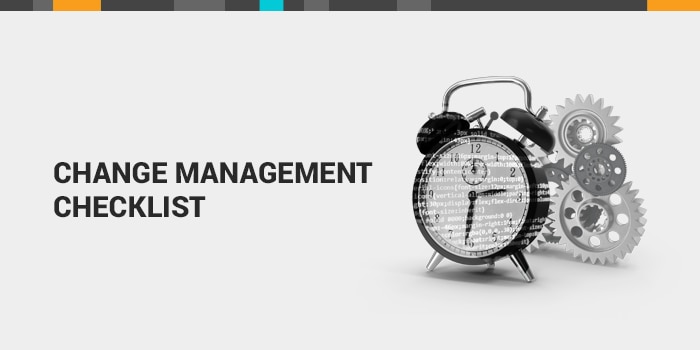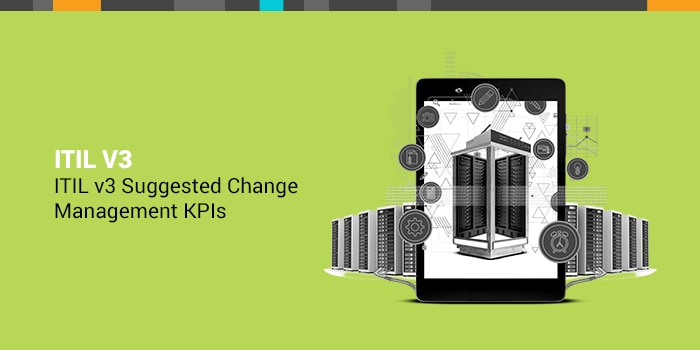Both the technology and infrastructure we use have changed how we deliver services to our customers (or employees in this case). But how are our businesses adapting to these changes? How are we identifying relationships across new environments? Are we understanding the implications of what’s being introduced?
In order to keep business applications and operations running smoothly, it’s crucial to understand the value of three key ITIL practices: configuration, change, and release management. I’ll explain how combining these ITIL strategies helps businesses reach their goals and boost positive employee experiences.
The Value of Configuration, Change, and Release Management
If you attend IT conferences, networking events, or most recently, virtual summits, you’ve probably heard an emphasis on configuration management. It’s a hot ticket and many people say they need it. But before you commit to building a configuration management database (
CMDB), it’s important to identify your goals. What are you trying to build? What is the value of the CMDB in your organization? Here are a few things to consider before you find yourself aimlessly compiling a list of CIs:
- Differentiate it from IT asset management. ITAM is focused on IT-specific assets aimed at managing the acquisition, lifecycles, operation, care, etc. Configuration management is the relationship between CIs, assets, and any record type. This practice provides information on the CIs themselves and how they contribute to various elements of your infrastructure.
- Define the types of relationships and dependencies. Establishing parent-child dependencies helps IT pros gain visibility into upstream and downstream impacts.
- Educate to align with business culture. There has to be support for adoption. Those responsible for maintaining records and establishing relationships can’t operate in a silo. As configuration management is implemented, ensure processes are continually refined to align with the business’s cultural values.
You’ve checked off these items, but you still haven’t pulled any tangible value out of the CMDB. Now it’s time to start using that data within ITIL practices.
Using the CMDB and configuration management with change enablement allows IT pros to identify impacted CIs for planning and risk assessment. Visibility into the CMDB can determine if there are scheduling conflicts for changes. Having this visibility ahead of time can minimize downtime and disruptions.
Release management can make the change enablement process more proactive and is essential in managing the amount of ongoing changes in an environment. Visibility into CIs determines where testing needs to happen for best deployment of approaching updates. Release management can also help in pre-production and implementation processes, as well as mitigating disruption to the environment upon deployment. This practice focuses on building, testing and deploying, but also documenting, reviewing, and future-proofing for continuous improvement.
How Advancements in Technology Help Apply These ITIL Strategies
In order to advance change enablement practices, optimize your resources with
templated data collection and automated workflows. Standardizing changes can help close gaps of changes details, while aiding in resource allocation. When pairing data collection, if there’s an opportunity to automate, do it to streamline processes.
Investing time and resources in your configuration management practices can pay dividends. Centralized tracking of CIs fuels visibility for other service management strategies. This transparency will help your team make more informed decisions around changes and releases, leading to improved impact assessments and heightened communication.
As you begin to take on more changes, leverage your tools for reporting. Understand where efficiencies are best suited and where there’s an opportunity to better optimize resources. Lean on these tools to automate recurring reports for more process and practice improvements.
Automating release practices and providing visibility into past releases are technological benefits of release management. Scheduling releases brings more transparency for improved planning and sourcing time for other projects. In addition, scheduling a recurring review can drive continuous improvement and deployment efficiencies.
Connecting and Adopting All Three ITIL Practices
The value delivered by configuration management can enable many other ITIL practices. With change and release management, remember the benefit of having visibility into impacted CIs. It helps determine timelines, what will be impacted, and who will need to be alerted about changes and releases. As a result, there’s better communication, education, and deployment of future changes and releases.
So what do these ITIL practices do for remote operations? Here’s a sample scenario: an influx of tickets has come through related to employees’ inability to log on to the VPN. Once the issue has been identified, IT pros can determine if the VPN needs an upgrade and record the change. IT pros follow deployment procedures to implement the upgrade and attach the CI to the release. Each ITIL practice is demonstrated and documented—visibility into the environment, mitigating disruptions, and future-proofing.
Using configuration, change, and release management together helps businesses understand the relationships between CIs, linking them to changes that might impact the business, and having a record of it all for better deployment. The ultimate goal? Provide an optimal service experience for both the business and employees.




